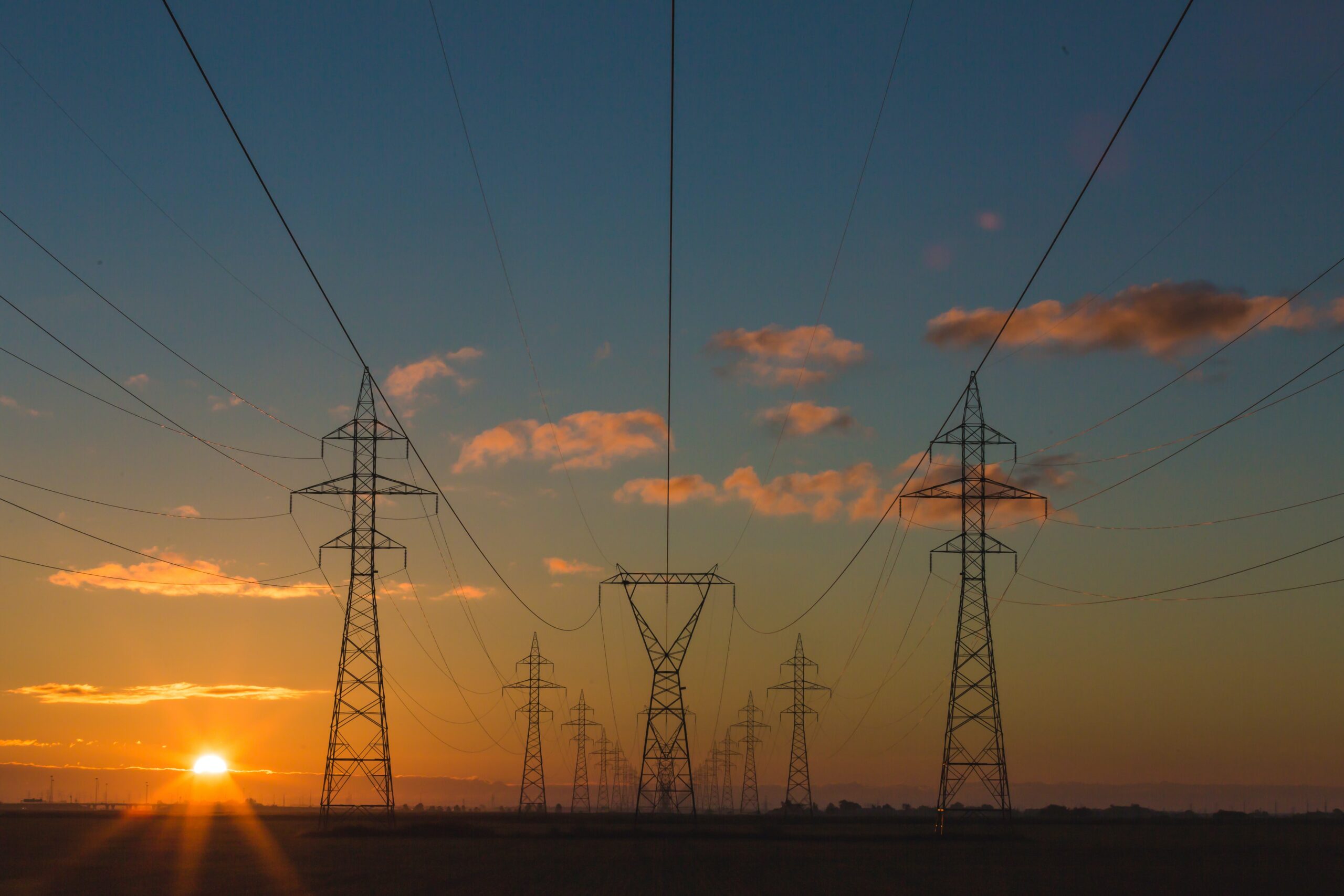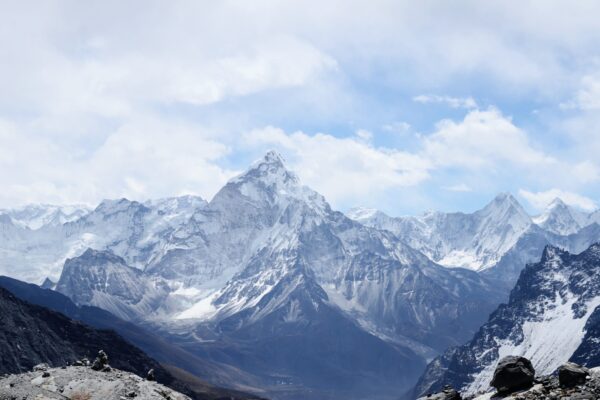Egypt and many other countries, across the globe, are planting mangroves along their coastal line as they feel the tree is essential to trap carbon and prevent the ever-growing effects of climate change on its environment. Report Himalayas explains how the mangroves are an important bet to combat climate change
Staff Correspondent
October 8
Egypt is replanting thousands of mangrove trees across the six key areas of the Red Sea and Sinai coast in order to fight climate change and protect its coastlines.
The replanting project, which costs $50,000 annually, has been in motion for the last five years and authorities plan to cover an area of 210 hectares with mangroves.
At one point of time, mangroves used to grow naturally in 28 sites along the coast of Red Sea. However, the destruction of the green cover fueled by rampant tourism-related construction, oil leaks from shipping lines and oil extractions, etc., drastically reduced their cover to mere 500 metres at a single location.
Now, the country, like many other nations across the globe, feels the tree is essential to trap carbon and prevent the ever-growing effects of climate change on its environment.
Mangroves – an overview
Unlike trees growing in terrestrial forests, mangroves grow in salty, coastal, and brackish waters. Studies suggest that mangroves either secrete absorbed salt water or just filter out the salt from the seawater in which they grow.
Spread across the coastlines of more than 100 tropical and subtropical countries, mangrove forests cover nearly 140,000 square kilometers across the globe. Indonesia has the largest number of mangrove forest reserves in the world, covering around 31,000 square kilometers.
Why are mangroves key to climate change?
According to the Global Mangrove Alliance, “mangroves sequester carbon at up to four times the rate of terrestrial forests, making them indispensable allies in the race to a net zero world.”
The global network of experts, governments, and civil society organizations working together to promote the conservation of mangroves, also credits the plant in stabilizing coastlines, reducing erosion, fostering biodiversity growth, and protecting coastal communities by “building their adaptive capacity and making them more resilient to the impacts of climate change, such as sea-level rise, storms, and coastal erosion.”
“Mangroves prevent more than the US $65 billion in property damages and reduce flood risk to some 15 million people every year,” the Global Mangrove Alliance adds further.
“Beyond coastal protection, mangroves also help secure livelihoods and food security for communities around the world. They provide a critical home and breeding ground for sea creatures such as fish, oysters, crabs and shrimps.”
However, the mangroves have been under strain across the globe.
According to the Caribbean Environment Programme of the United Nations Environment Programme (UNEP-CEP), mangroves in the Wider Caribbean region (Gulf of Mexico, Caribbean Sea and North Brazil Shelf Large Marine Ecosystems) comprise close to 26% of the global mangrove cover. In the past 25 years, the region has registered a decrease of 24 % . Similarly, in countries like Mexico, Belize, Guatemala, and Honduras, mangrove cover amounting to 110,000 has been lost in the past two decades.
What are other countries trying to encourage mangrove plantations?
In May, African nation Mozambique became the latest addition to the growing list of countries with large scale mangrove plantation initiatives. Publicized as the world’s largest coastal carbon storage project, the country plans to turn 185,000 hectares (457,100 acres) of coastal areas into a mangrove forest. Estimates suggest the forest cover could capture up to 500,000 tons of carbon dioxide.
Before Mozambique, fellow nations of continent Madagascar, Gambia and Senegal have already launched large-scale initiatives to increase their mangrove forest cover.
However, it was Kenya’s successful Mikoko Pamoja project, initiated in 2013 that really triggered a wave of mangrove restoration projects across Africa. Under that project, 117 hectares of mangrove forest were protected and replanted with 4,000 new trees annually.
What is the scenario of mangrove cover in South Asia?
It’s Southeast Asia that hosts the most extensive area of mangrove cover on the planet. Indonesia, Brazil, Australia, Mexico and Nigeria have almost half of the world’s mangroves.
In 2019, India’s Ministry of Environment, Forest & Climate Change revealed that India has about 3% of the total mangrove cover in South Asia.
Much like other countries across the globe, the South Asian giant was also concerned about increasing the mangrove cover. “Mangrove cover in the country has increased by 54 sq km (1.10%) as compared to the previous assessment,” the ministry said in 2019. India has a total of around 5,000 square kilometers of mangrove cover.
Studies suggest that growing aquaculture brought major pressure on the mangrove ecosystem in Southeast Asia between 2000-2012. In Myanmar, paddy cultivation was a major driver of mangrove loss during this period. Similarly, oil palm cultivation was a key threat to mangrove cover in Malaysia and Indonesia in the same period.
According to the Global Mangrove Alliance’s ‘State of the World’s Mangrove Report 2022’ Indonesia, Pakistan, and Myanmar have huge potential for fisheries gain due to the restoration of mangroves.



